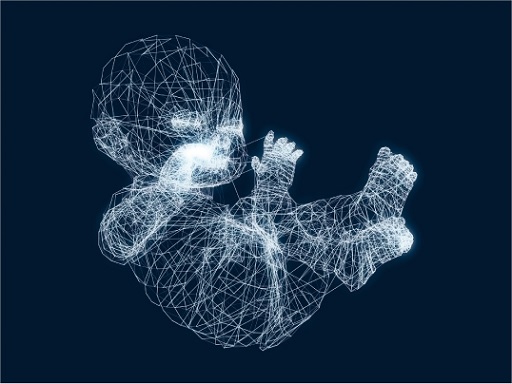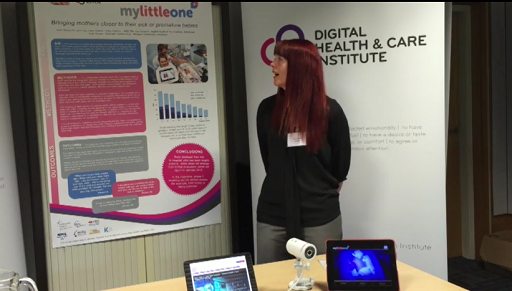3 Innovation in health at the beginning of life
Around 60,000 babies are born prematurely in the UK every year. This means that 1 in every 13 babies who are born in the UK will be premature, i.e. born before the 37th week of pregnancy (Bliss, n.d.).

There have been many advances in neonatal technology in the last few decades which have saved the lives of premature babies. However, the focus for innovation in the healthcare of babies has been directed primarily towards health professionals and ways of improving the delivery of care. Parents, therefore, have been insufficiently consulted about developing innovation to improve babies’ health. To bring patients into the equation, NHS Fife developed an innovation with the intention of changing this. An interactive virtual platform was developed to enable parents and their families, including children and grandparents, to become much more active in the care of their sick or premature baby while they are on the neonatal intensive care unit (Kimber, 2015).
This innovation is the focus of the next activity.
Activity 3 My Little One
Watch the short video about NHS Fife’s initiative, called My Little One. This will help you to answer the following questions. Provide your answers in the box below.
Please note: due to the nature of the recording, you may find the audio quality to be noticeably poor. If this is the case, use the subtitles and transcript provided.

Transcript: Video 2 NHS Fife’s My Little One
- What is the technology for and how does it work?
- Why is it so important for parents and families?
Discussion
- Not only are parents more involved in the neonatal unit, but they can also be reassured by having virtual contact with their baby. My Little One brings parents closer to their baby through the use of tablets and smartphones. A webcam is attached to the incubator and a real-time video is transmitted to the device held by the parents.
- This innovation enables parents to have virtual contact with their baby which would otherwise be limited. It is much better than a still photograph as the tablet transmits moving and real-time images of the baby. This is particularly important for mothers who may be recovering from a Caesarean section on the post-natal ward.
